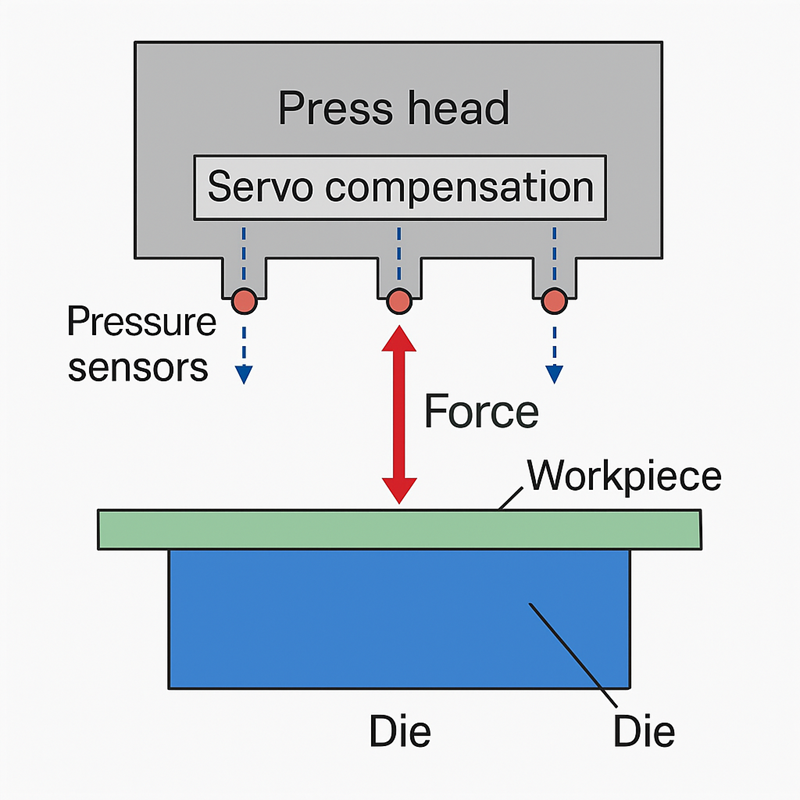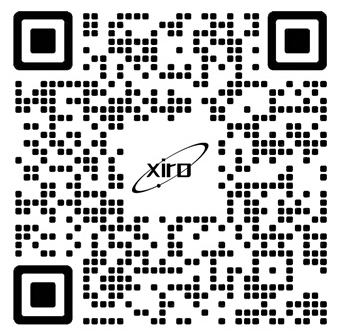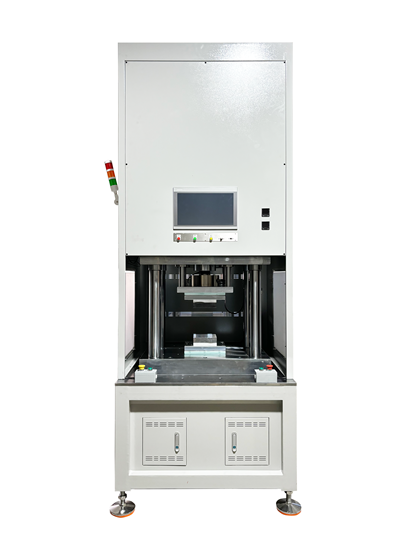As global demand for lithium-ion batteries continues to grow—driven by electric vehicles, energy storage, and smart electronics—the pressure on battery manufacturers to deliver consistent quality and safety has never been higher. In particular, the battery press-fitting process, a core step in the battery assembly machine workflow, directly influences internal resistance, thermal safety, and long-term performance of battery cells.
However, conventional hydraulic and pneumatic press machines often struggle with control accuracy, response speed, and defect recognition. This article examines real-world cases in lithium battery production and showcases advanced solutions powered by XIRO electric servo press machines—highlighting how they revolutionize automated battery assembly through precision, speed, and intelligence.
Case Study 1: Uneven Electrode Compaction Density
In a 21700 cylindrical lithium battery assembly line, large variations in the calendered negative electrode sheet thickness (±5 μm) resulted in a 15% difference in capacity decay rate across the same batch. After 300 cycles, capacity retention variation ranged from 78% to 92%.
Root Causes:
Uneven compaction density (local fluctuations > 0.1 g/cm³) caused imbalanced porosity distribution, leading to inconsistent electrolyte wetting, increased interfacial impedance, and over 20% rise in DCIR (direct current internal resistance).
Hydraulic system pressure instability: Clogged valve damping or oil contamination led to ±5% F.S. pressure fluctuations, making real-time control in traditional battery press machines unreliable.
Mechanical error accumulation: In stacked sheets (≥100 layers), total thickness deviation exceeded 50 μm, which traditional press machines cannot dynamically compensate.
XIRO Electric Servo Press Solution:
1. Multi-Stage Precision Pressure Control
Preload phase (50–200 N): Removes interlayer gaps, preventing sudden deformation;
Constant pressure phase (500–1500 N): Servo-driven press maintains pressure fluctuation within ±0.25% F.S.;
Main press phase: Ensures consistent compaction by maintaining pressure stability within ±0.5% F.S.
Result: Electrode thickness variation reduced from ±5 μm to ±0.8 μm, compaction density fluctuation narrowed to ±0.03 g/cm³.
2. Closed-Loop Auto-Calibration System
1000 Hz real-time sampling of displacement (0.001 mm resolution) and pressure, creating a 3D pressure–displacement–time process curve;
Anomaly detection through standard envelope comparison (±3σ limits), triggering real-time compensation (e.g., localized overpressure or extended dwell time).
Result: Detection rate of cold welds and flaking increased from<0.1% (manual sampling) to 100% inline via intelligent press monitoring.

Lithium Battery Assembly (Source: XIRO )
Case Study 2: Uncontrolled Cell Stack Pressure
In prismatic cell module production, ±8% deviation in stacking pressure caused contact resistance between cells to increase by 25 mΩ (normal ≤5 mΩ), resulting in an 18% rise in DCIR. The inconsistent pressure led to >15% compression variation in the separator, accelerating lithium dendrite growth and lowering the thermal runaway trigger point from 180 °C to 142 °C.
Root Causes:
Slow actuator response in traditional hydraulic/pneumatic stacking press machines (>200 ms), unable to react to material rebound (0.5 mm/s), causing 12%–18% effective pressure loss;
±5% F.S. pressure fluctuation accumulating >50 μm thickness deviation over 300 layers;
Flatness deviation of bipolar plates (±0.1 mm/m) magnifying pressure gradients between stack center and edges (up to 15%);
Lack of real-time pressure monitoring, making it impossible to detect anomalies like embedded metal debris (0.1 mm).
XIRO Electric Servo Press Solution:
1. 3D Force Field Dynamic Compensation
Integrated pressure sensors generate real-time pressure maps;
A six-axis force feedback system uses feedforward + feedback algorithms to adjust servo torque and eliminate lateral pressure imbalance.
Result: Stack pressure uniformity >98%, interfacial resistance variation <±2 mΩ.
2. High-Speed Response & Feedback Control
Replacing hydraulic drive with direct servo actuation reduced mechanical response time to 10 ms;
Dual closed-loop (pressure + displacement) real-time correction at 1 kHz sampling rate, ±0.25% F.S. precision.
Result: Rebound compensation efficiency improved 15×; effective pressure loss reduced to<3%.
3. Intelligent Safety Monitoring
Builds a 3D database of pressure–displacement–time;
Compares real-time process curves with ±3σ control envelopes to detect transient events such as sudden 20 N pressure drops in 0.1 s.
Result: Separator damage rate reduced from 0.5% (conventional) to 0.02% using XIRO battery assembly press systems.
Case Study 3: Lack of Real-Time Safety Warnings
In 2024, a major battery manufacturer faced thermal runaway due to an undetected cold weld at a tab. Pressing failed to reveal the fault, resulting in over 200 °C localized heating during charging.
Root Causes:
Manual sampling coverage<0.1% couldn’t capture rapid events like a 20 N pressure drop in 0.5 s;
Small anomalies (0.05–0.2 mm) in displacement caused by defects such as separator wrinkles or cold welds went undetected due to ±0.1 mm resolution limits;
Lack of correlation modeling between pressure, temperature, and displacement (e.g., 5% pressure variation can trigger 8 °C temperature rise).
XIRO Electric Servo Press Solution:
Synchronous acquisition of pressure (±0.25% F.S.), displacement (0.001 mm), and temperature (±0.5 °C) at 1000 Hz;
Real-time 3D process comparison against control envelopes (±3σ), enabling detection of risks like cold welds (pressure drop + displacement anomaly).
Result: Micro-defect interception rate reached 99.7%; defect escape rate dropped to 0.03%.
XIRO Electric Servo Press (Customizable)
Conclusion
The transition from conventional hydraulic and pneumatic press machines to servo-driven press machines represents a critical technological upgrade for lithium battery manufacturing. From electrode compaction to cell stacking and defect detection, The XIRO electric servo press provides pressure and speed control and technical safety.For manufacturers pursuing next-generation battery performance, quality consistency, and line automation, investing in high-precision servo press machines and automated battery assembly systems is not just beneficial—it’s essential.
Discover how XIRO Electric servo press technology can help your production line reduce scrap, accelerate changeovers, and improve traceability. Contact us or visit YouTube channel to explore 100+ servo press applications demos across the automotive, aerospace, and precision manufacturing sectors.







